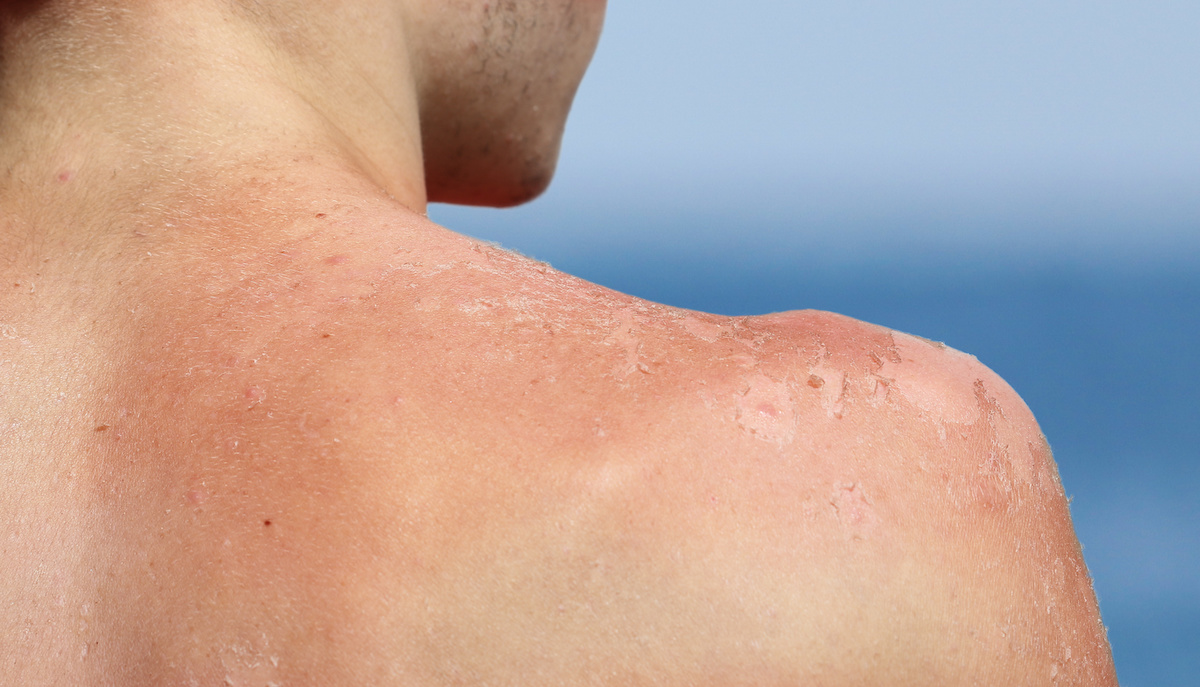 Although we are getting into the sunny summer months, it’s important to remember that skin cancer prevention is a year-long job. As the most common form of cancer, it is currently estimated that one in five Americans will develop skin cancer within their lifetime. Fortunately, the two most common forms, squamous cell carcinomas, and basal cell cancer have high cure rates if detected at an early stage. Here are five facts you may not know about skin cancer that can help you understand how to protect yourself and your loved ones.
Although we are getting into the sunny summer months, it’s important to remember that skin cancer prevention is a year-long job. As the most common form of cancer, it is currently estimated that one in five Americans will develop skin cancer within their lifetime. Fortunately, the two most common forms, squamous cell carcinomas, and basal cell cancer have high cure rates if detected at an early stage. Here are five facts you may not know about skin cancer that can help you understand how to protect yourself and your loved ones.
1. Skin Cancer Can Occur in Areas Not Exposed to the Sun
Skin cancer can occur in a number of body parts which rarely or never are exposed to sunlight such as the soles of the feet or the genitals. This is due to the fact that, in addition to exposure to the sun and UV light, the genes you inherit can play a large part in whether or not you develop skin cancer in the future.
2. Skin Cancer Can First Appear as a Small as a Mole, and need not look like one
Skin cancer typically starts with a few minor changes to the surface of the skin which can range anywhere from a mole not much larger than a pencil eraser to a reddish patch which could easily be mistaken for a rash. As the majority of moles develop in youth, it can be crucial to watch out for unusual or irregular moles in your adult years. Although the ABCDEs (Asymmetry, Border irregularity, numerous Colors, large Diameter, and Evolution) includes size greater than 6mm as a criterion, skin cancers are often detected before they reach this size, so if a growth appears unusual, it should be inspected sooner rather than later. Earlier detection leads to better outcomes.
3. Skin Cancer Can Develop in Your Eyes
Ocular or eye melanoma can present in a number of forms, most of which appear in the part of your eye you are unable to view when looking in a mirror. Some symptoms to look for include changes in the shape of the pupil, poor vision in one eye, or floaters in your vision.
4. There Is No Such Thing as Base or Protective Tan
It has been scientifically proven that there is no such thing as a “base tan” or a genuinely safe, healthy tan. Whether your “protective tan” arrives from the sun or artificial light in a tanning bed, the only thing you’re achieving is additional skin damage.
5. The Higher the SPF, the More Protection (Kind of)
When applied as directed, the SPF (or sun protection factor) of your sunscreen gauges its ability to shield your skin from harmful UVB rays of the sun. Sunscreens with higher SPF ratings have been shown statistically to offer better protection against UVB rays than those with lower SPF ratings. “However this doesn’t tell the whole story,” says Dr. Gewirtzman. “Using broad-spectrum sunscreens that protect against both UVA and UVB are important, as UVA rays have also been shown to cause premature aging and skin cancer.” In the United States, there is no universally accepted rating system for how protective a sunscreen is against UVA so it can be difficult as a consumer to know what to purchase. In general, sunscreens that protect against UVA, as well as UVB, will tout that they are “broad spectrum” but you can also look for particular active ingredients known to block UVA rays such as titanium dioxide or zinc oxide (the physical blockers) or avobenzone, oxybenzone, Helioplex, or Mexoryl Sx.
For any questions or concerns regarding sun damage and how you can stay protected, feel free to contact us.
